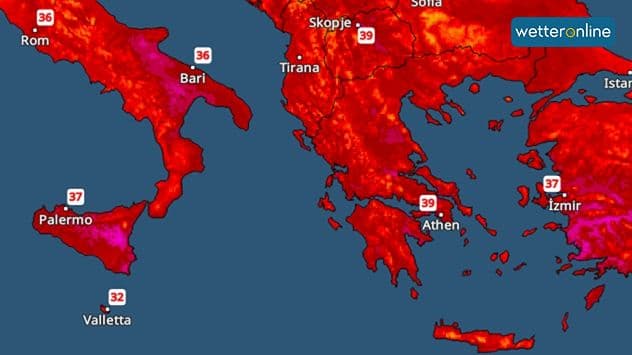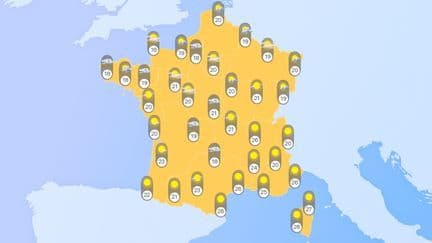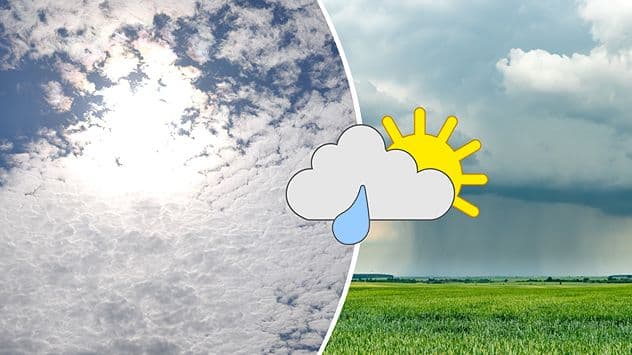The Continent's Breath: How Europe's Climate Choreographs Life, Landscapes, and Futures
Explore how Europe's diverse weather profoundly shapes its culture, economy, and future. Go beyond forecasts to understand the continent's dynamic atmospheric tapestry.
Europe's Atmospheric Kaleidoscope: A Continental Overview
Europe, a relatively small continent, astonishingly hosts an incredible array of climates, a true atmospheric kaleidoscope that defines its very essence. From the sun-drenched shores of the to the icy expanses of the , and from the temperate, rain-kissed to the arid, often extreme continental interiors, the continent offers a masterclass in climatic diversity. The warm currents of the embrace its western fringes, gifting places like and the surprisingly mild, wet winters for their northern latitude, fostering lush green landscapes. Venture south, and the iconic Mediterranean climate takes hold, promising long, hot, dry summers perfect for leisurely siestas and vine cultivation, contrasted with mild, wetter winters. Journey eastward, and the moderating influence of the ocean wanes, giving way to a more continental climate characterized by scorching summers and bitterly cold winters, often with significant snowfall. Towering mountain ranges like the and the further fragment these broad zones, creating unique microclimates that add to the intricate tapestry. Understanding this foundational climatic diversity is key to appreciating how deeply weather patterns are woven into the fabric of European life.
From Siesta to Sauna: How Climate Shapes Daily Life and Culture
The subtle, yet powerful, hand of climate has sculpted Europe's diverse cultures and daily rhythms, dictating everything from culinary traditions to social customs and architectural styles. Consider the stark contrast between the relaxed, outdoor-centric lifestyle of , where the midday siesta is a practical response to intense summer heat, and the emphasis on cozy, indoor living, often complemented by invigorating saunas in winter. Southern European architecture, with its thick stone walls, small windows, and shaded courtyards, evolved to repel heat, while northern designs prioritize insulation, double glazing, and maximizing natural light during shorter, darker days. Food is another prime example: the sun-drenched , rich in fresh produce, olive oil, and seafood, stands in delicious opposition to the hearty, warming stews and root vegetable dishes prevalent in colder climes. Even fashion narratives are written by the weather, from light, breathable fabrics in to layered woolens in . These climatic influences aren't just aesthetic; they permeate social interactions, leisure pursuits, and even the collective psyche, fostering distinct regional identities and shaping the very character of Europe's peoples.
Economic Barometers: Weather's Influence on Europe's Industries
Beyond shaping cultural nuances, Europe's varied weather acts as a powerful, albeit often unpredictable, economic barometer, dictating fortunes across a multitude of industries. Agriculture, the bedrock of many European economies, is acutely sensitive: droughts in the south can decimate olive harvests, while excessive rain in the north impacts grain yields. Winemaking, a cultural and economic cornerstone in many regions, relies entirely on specific climatic conditions. The tourism sector, a significant revenue generator, swings wildly with the weather; successful ski seasons depend on ample snow, just as beach resorts thrive on reliable sunshine. Energy demands fluctuate dramatically with temperature shifts, impacting heating and cooling needs and straining national grids. Renewable energy initiatives, such as wind farms and solar installations, are directly tied to prevailing weather patterns. Even transport and logistics face constant challenges, from snow-blocked roads in winter to heat-warped railway lines in summer. Businesses across the continent must constantly adapt, innovating with climate-resilient strategies and forecasting models to mitigate risks and capitalize on opportunities presented by Europe's ever-changing atmospheric canvas.

Forecasting Tomorrow: Navigating Europe's Evolving Climate Challenges
As global climate patterns shift, finds itself at a critical juncture, facing unprecedented challenges that demand forward-thinking strategies. The continent is experiencing more frequent and intense heatwaves, prolonged droughts impacting water resources and agriculture, and devastating floods and storms, all symptomatic of a warming planet. These changes aren't just environmental; they pose significant economic and social threats, from infrastructure damage and agricultural losses to public health crises and potential population displacement. Addressing these complex issues requires a multi-faceted approach, spearheaded by ambitious policy frameworks like the , which aims for climate neutrality by 2050. Investment in cutting-edge research, from satellite monitoring by the to advanced climate modeling, is crucial for accurate forecasting and informed decision-making. Furthermore, fostering innovation in renewable energy technologies, developing climate-resilient urban planning, and enhancing early warning systems are vital steps. While the challenges are immense, they also present a unique opportunity for Europe to lead the way in building a sustainable, green economy, demonstrating how collective action and technological ingenuity can forge a more secure and prosperous future for its diverse nations.
Related Articles

Italy's Scorched Horizon: Adapting to Summers That Aren't Just Hot Anymore

Italy's Scorched Horizon: Adapting to Summers That Aren't Just Hot Anymore

France's Shifting Skies: A Day of Contrasts in Summer Weather

France's Shifting Skies: A Day of Contrasts in Summer Weather

France's Volatile Canvas: Unpacking the Extreme Weather Divide

France's Volatile Canvas: Unpacking the Extreme Weather Divide

The Thermometer's Tantrum: Unpacking Earth's Unpredictable Temperature Swings
